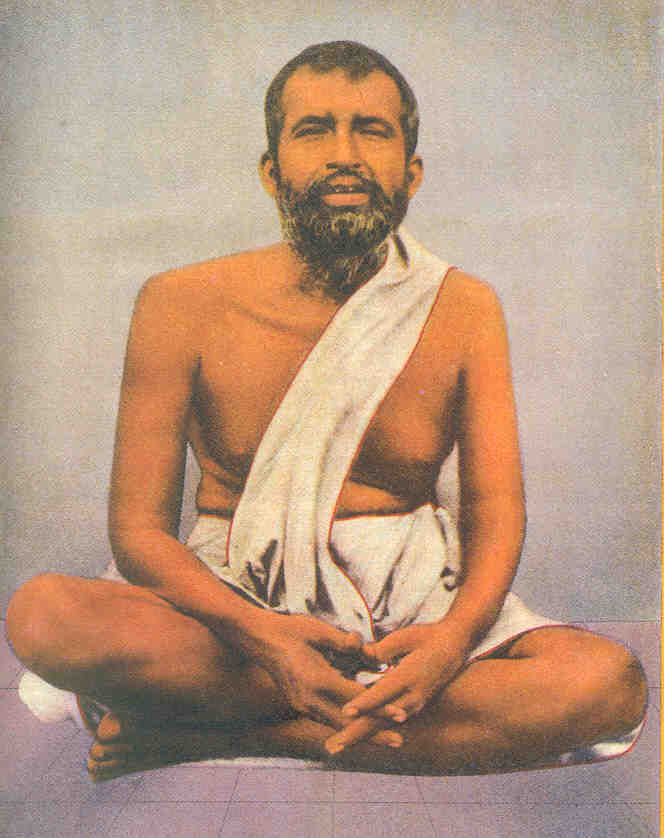4. Life as a Yajna or Sacrifice : 6.
The Teachings of the Bhagavadgita :
The world of sense-perception is conditioned by space-time and the various categories of the psychological process; while the thing, the person, the being, the substance as it is in itself, is behind this curtain of space-time. Our real being also is behind this curtain of the psycho-physical individuality. Thus we are living in a phenomenal world, both subjectively and objectively. The thing-in-itself, as they say, the substance as such, eludes the grasp of this phenomenal process - thus no man can see God, and the intellect of man is not fit enough to contact reality. Unless we develop a mechanism within our own selves to go deeper into this large area of phenomenality – subjectively as well as objectively – the plumbing into one's own self is also the plumbing through space and time. Modern science says the inward, subjective, subatomic philosophy of quantum theory is identical with the spatio-temporal theory of relativity – Tat tvam asi: That is this and this is That. The inward depth is also the outward plumbing of the abyss of space and time. The deeper we go inwardly, simultaneously there is a going deep into the outer cosmos – and vice-versa, the plumbing into the cosmos objectively would also imply a going deep into one's own self. Knowledge of the self is the knowledge of the universe, and the knowledge of the universe is the knowledge of the self. Atman is Brahman.
This is a profound philosophy that is hidden behind performance of sacrifice, self-control, practice of yoga, the control of senses, the restraint of the mind and the stabilising of the intellect and the reason. We have to perform a double process – sometimes mentioned in the Bhagavadgita and also in Patanjali – of vairagya and abhyasa, a dual action of withdrawal and union. The performance of this dual function may be said to be a simultaneous action taking place, as recovering from illness is also the regaining of health and the going away of night is the coming in of day. There is no temporal successiveness in these processes; they happen to be a simultaneous occurrence. Thus, the vairagya that we speak of in yoga, the dissociation of consciousness from erroneous thinking and contact, is simultaneously a concentration of consciousness on that which lies above itself – the lower self concentrates itself on the higher.
Now I am coming to that point as to what the lower self is and what the higher Self is. The lower self is that state of consciousness which is conditioned by the urge in the direction of objects. The higher Self is that which is the condition of freedom, attained by even a single step taken by this involved consciousness in the direction of disentanglement with objects. Thus every ascent is a regaining of one's Self, and an asset on the side of strengthening of one's personality. Vairagya and abhyasa mean detachment and communion. Here, many people may get misguided due to the difficulty in understanding the true meaning of these terms, vairagya and abhyasa – renunciation, abrogation, detachment or non-attachment, going together with concentration, meditation, etc. We have to correctly understand what detachment means in order to know what communion is; and the whole of yoga is this much. If we commit an initial error, then we would be piling error over error in our subsequent actions or performances. Thus, we have to be vigilant at the very beginning.
To be continued ....



.jpg)

Comments
Post a Comment